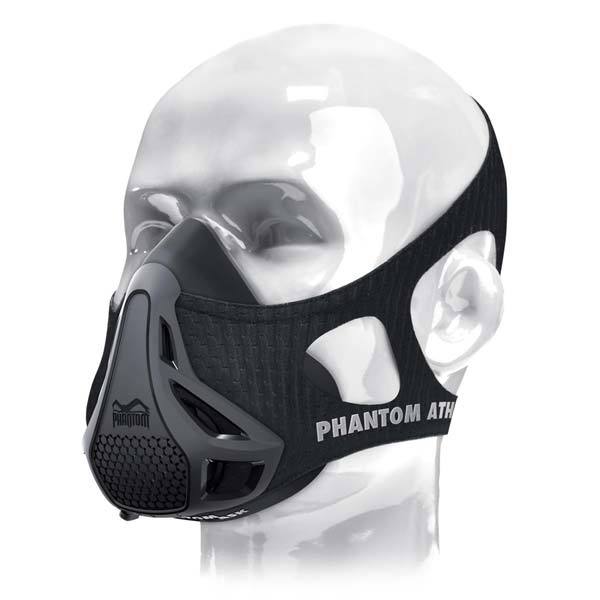OTS-Your body's emergency brake
No pain, no gain, the harder, the better is a widespread mantra, not only among professional athletes, but also ambitious recreational athletes who always want to push the limits of their performance a little higher. But is this really always the best course of action? Because as admirable as this mindset may seem, at some point your body can't keep up. Then there is a risk of a so-called overtraining syndrome (OTS), as a result of the overall physical and psychological fatigue. You can find out how it manifests itself, the causes, treatment methods and how you can avoid it in this article:
The symptoms
There are two different types of OTS. Sympathicotonic OTS manifests itself in an increased heart rate, sleep disorders, emotional instability and various organic complaints. Symptoms of parasympathicotonic OTS are less noticeable, express themselves primarily in their phlegmatic-depressive component and can turn into sympathicotonic OTS over time. Both types, however, are characterized by an initial, abrupt and unspecific decline in performance, abnormal fatigability and severely delayed regeneration during the training process.
The reasons
The most common cause of overtraining is high training intensities in the anaerobic-lactic acid range that have been completed over a longer period of time ranging from several months to years. Likewise, a rapid increase in training intensity in a short period of time can induce OTS. There are also additional stressors, which are mainly related to your personal living environment, such as a tense social climate, insufficient sleep, a demanding, stressful job or resuming training too quickly after an infection.
Hormonally, pathological changes can be observed in both peripheral and central systems. Under maximum stress conditions, less adrenocorticotrophic hormone (ACTH), cortisol and growth hormone (HGH) are released. There is also a reduced release of adrenaline and norepinephrine, as well as reduced nocturnal catecholamine excretion. All of this provides a self-protective feedback mechanism to prevent further stress-related fatigue. The body forcibly shifts down a gear.
The therapy
It sounds harsh, but it is the only option. The only effective therapy is eliminating the causes. This doesn't mean that you have to take a complete break from training with OTS. A significant reduction in training intensity and scope is required in any case. However, in long-term cases, a temporary suspension of training cannot always be avoided. Initially, only regenerative or short extensive units in the aerobic area should be carried out. A temporary change to another sport that is not physically demanding and not competitive may also be necessary.
After stable resilience has been restored, which can take from a few months to over a year in severe cases, more intensive forms of training are possible again, and ultimately more aerobic-lactic acid units are possible again.
Avoid OTS
Especially due to the extremely lengthy rehabilitation, as well as the numerous psychological co-symptoms such as depression, anxiety, etc., which often accompany OTS, the primary focus is of course not to get to such a stage. That’s why you should adopt a mind shift to “smart, not hard”. With intelligent training planning, sufficient regeneration and the right exercise periodization, you can significantly reduce the risk of overtraining. By providing more targeted stimulation, your body will probably be able to adapt better to training, so that you can make progress more quickly. Also pay attention to other factors, such as getting enough sleep, a balanced diet tailored to your needs, and a good amount of variety in your training.
Take home message
Harder is not always better and, instead of achieving the desired training results, it may cause your body to pull the emergency brake. Therefore, pay attention to the points in this article to avoid overtraining. If you notice corresponding symptoms, especially a sudden, persistent drop in performance and severe fatigue, we recommend consulting a competent sports doctor. Not only can it clearly differentiate OTS from other causes, such as organic ones. He will also help you on the path to rehabilitation through individualized, targeted measures to get you back on the perineum as quickly as possible.









